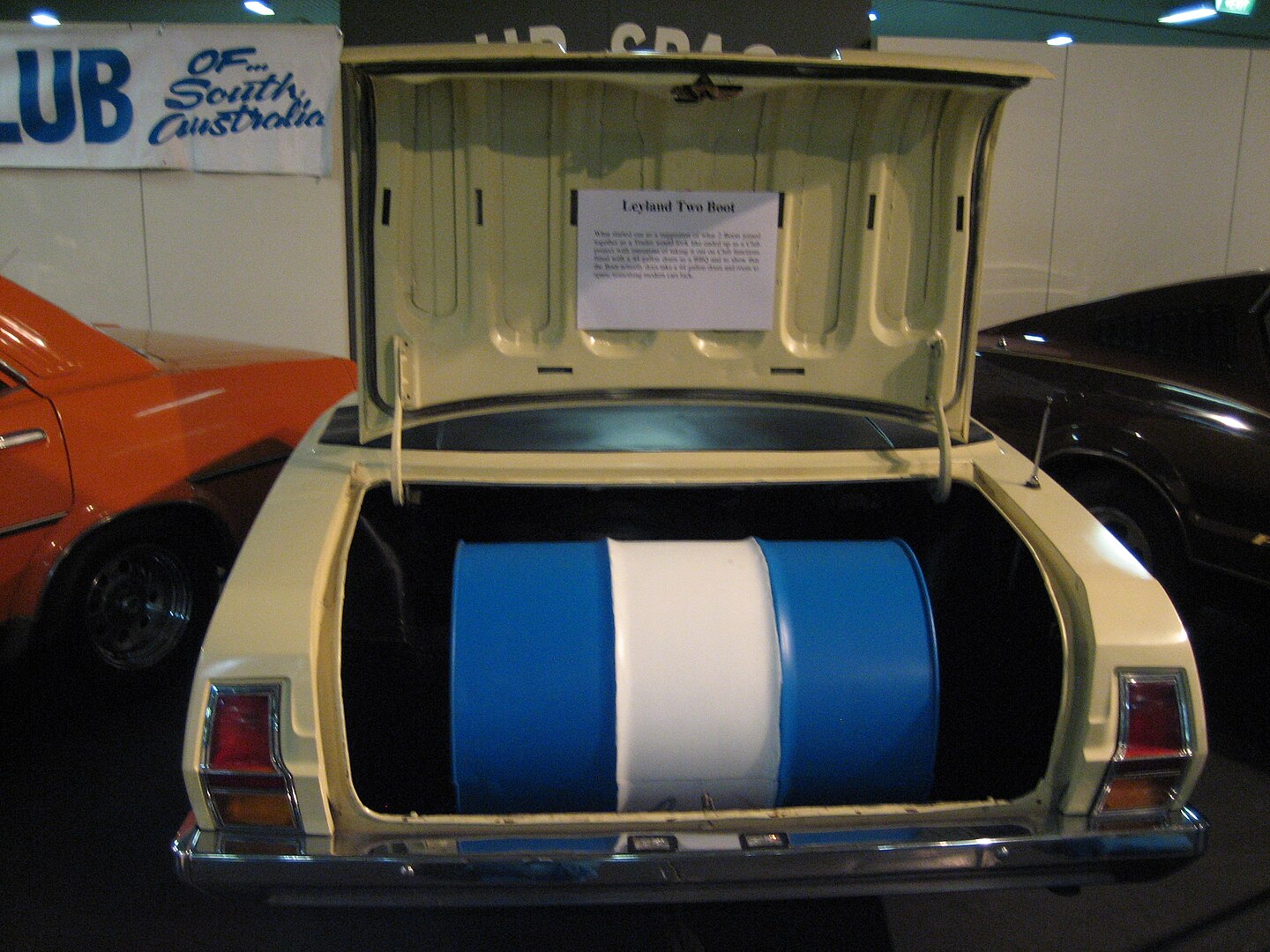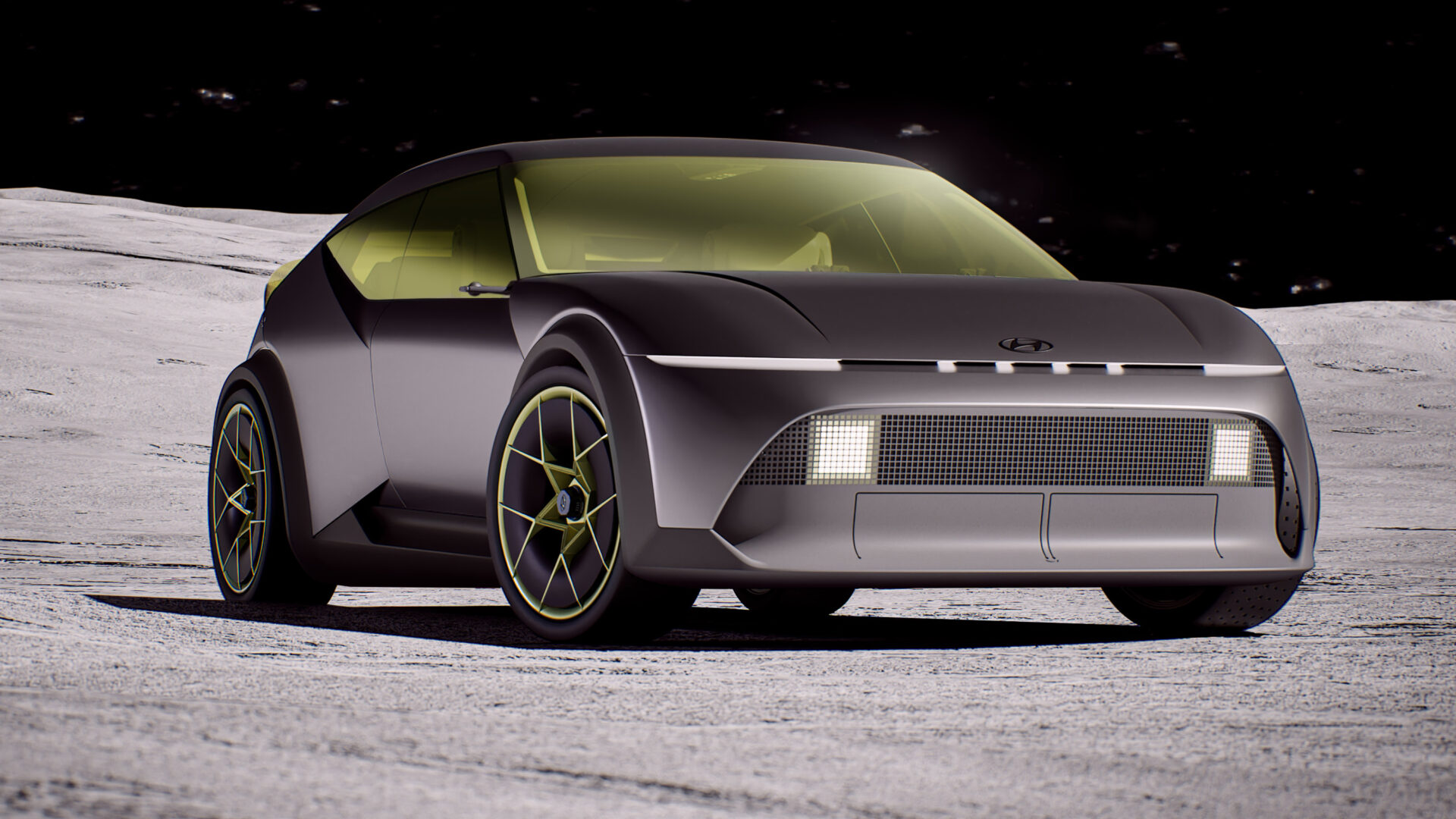I’ve been wanting to drive a Lotus Elise pretty much my whole adult life.
The Lotus Elise Story
Few cars have been on sale for as long as the Lotus Elise. It’s incredibly rare for a car to remain fundamentally the same for two decades. Rarer still for it to remain competitive. But Lotus isn’t your average car company, never has been, probably never will be.
Despite being owned by some pretty serious industrial giants. For a start, General Motors and Toyota shared ownership for a few months in the 80s. Toyota sold their stake to GM and slowly the American giant bought up enough stock to force the remaining shareholders to sell up.
As owners go, GM wasn’t super-great. Lotus Engineering was hugely respected – and still is – as the company to sort your ride and handling. GM did nothing nothing much with Lotus – although it did give us the epic Lotus Carlton/Omega. GM used Lotus’ famed Engineering arm to design the original Ecotec engines and to sort out the dire ride and handling of various GM empire cars.
In 1993 GM sold the company to the delightfully mad Romano Artioli. He was the guy who gave us the Bugatti EB110. Artioli’s money ran out in 1996 when Bugatti went bust and he sold to Malaysia’s national car maker, Proton. Bugatti went to Volkswagen.
Pretty soon after the Asian Financial Crisis hit and Lotus went into limp-home mode. Proton did slap a few Lotus badges on the back of its cars (the Satria GTi was a good laugh), but wasn’t forthcoming with the funds for new models many years.
In 2009 the company recruited Ferrari’s Danny Bahar who embarked on a spending spree and a bonkers model program intended to put Lotus back in the same camp as his former employer. The 2010 Paris Motor Show was a disaster for Lotus – the company showed five new models but nobody believed the company could do it. Bahar wouldn’t – he was fired in 2012, his bosses claiming he had spent company money on decidedly non-company things.
Why am I telling you all this? Because it helps explain why the Elise has soldiered on for so long.
Lotus Elise Series 1 – 1996
In 1996 the Elise launched to critical acclaim. Named after Artioli’s granddaughter Elisa, the car was instantly famous for weighing just 726kg. That incredible number was a result of ingenious design and use of materials – an extruded aluminium tub was stiff, light and strong and cheap to build. The tub itself weighed around 70kg.
The Series 1 shipped with Rover K-Series power, starting with just 88kW (120PS). That’s nothing. A Mazda2 has 81kW. But a Mazda 2 weighs quite a bit more than an Elise and can’t sprint to 100km/h (62mph) in just 5.8 seconds. That’s an astonishing turn of speed for such a small amount of power from what was not a particularly good engine.
The Elise’s hand-built body was made of fibreglass and the cabin a study in minimalism.
I either forgot or never knew that the Elise was produced in Proton’s Shah Alam factory in Malaysia between 1997 and 2000.
Lotus Elise Series 2 – 2000
The Series 2 came about because the S1 didn’t crash the way bureaucrats wanted. There was just one small problem – no money. GM came to the table wanting to build a sports car – the Opel Speedster/Vauxhall VX220 – and the Series 2 was born. Power was up, but so was weight, over 150kg in some models.
Bizarrely, the GM car scored Lotus-born Ecotec power while the Elise itself carried on with the K-Series until 2004. It’s not exactly clear why, but Lotus then switched to the 1.8-litre Toyota 1ZZ-FE and later the 2ZZ-FE. Word on the street was that the Rover unit wouldn’t pass US emissions rules, but Rover sources insisted that it would.
The K-Series got the heave-ho when Lotus took the S2 to the USA. By the time the switch happened, the K – with a Lotus-mapped ECU – produced as much as 143kW (195PS) in the Sport 190, but most models ran with considerably less.
The switch to Toyota’s ZZ engines with 141kW also meant changing to a Toyota-sourced six-speed manual. With the Sport package, the Elise could run 0-100km/h (0-62mph) in 4.7 seconds.
Between US regulations and various updates, the S2 was quite different by the time the S3 arrived.
Lotus Elise Series 3 – 2010
The Series 3 Elise meant more changes on the engine and body front. The headlights shrunk as did the size of the entry-level engine, down to 1.6-litres. The drop in capacity didn’t matter much, the Elise still has 100kW (136PS) but also complies with Euro V emissions.
The ZZ engine persisted in the US for a while but the rest of the world took the 1.6-litre 1ZR.
The supercharged 1.8-litre arrived in the range, belting out up to 184kW (250PS) in the Cup 250.
By the end of 2017, Lotus had made over 33,000 Elises.
Spin-offs

No, we don’t mean Nurburgring crashes, but cars built on the Elise’s brilliant platform.
Lotus created the Exige and various track monsters, including the bonkers 3-Eleven 430. The “new” Europa also came from the Elise, before its Evora replacement and its new platform arrived.
Tesla came to Lotus for its first car, the Roadster. Hennessy’s Venom series also used the Elise as a base for its nutty, not very Lotus-ey monsters.
Lotus Elise Sprint 220

And so we come to the Sprint 220. One of six variants, the Sprint is the lightest Elise since the 726kg original. The 1.6-litre powered Sprint ducks under 800kg, but this supercharged 1.8-litre is still on the other side of that figure at around 845kg before fluids. Kerb weight is 878kg
Despite that, it still weighs practically nothing in car terms. A Civic Type R, with a lot more power, tips the scales at over 1400kg. A carbon-tubbed McLaren 570S weighs over 1300kg. Lotus has always done light and this is the key to the whole concept. From a strong, light base, you’ve got a lot of room to move on design and specification of suspension, brakes and powertrain.
Chassis

Built around the extruded aluminium chassis, the Lotus approach of keeping things light means that low kerb weight. The lithium-ion battery saves 9kg, the open shifter another kilo and when you add those to a the carbon fibres bits and pieces, the total adds up to 26kg over other Series 3s. You can cut a further 4kg with the two-piece brake option and a whopping 800g with carbon sill covers.
Saving weight means that every single component has less work to do which means those components are lighter. The front wheels are narrower than even the Toyota 86 at 175/55s around 16-inch wheels while the rears are 225s. Smaller wheels, smaller tyres, smaller and lighter brakes, it goes on. One very unusual feature is a lack of power steering – the Elise goes au naturel.
One of the fascinating things about Lotus is not so much their willingness to mix up its suppliers but the fact they’re happy to tell us who they use and where. For instance, the shocks are Bilsteins and the springs Eibachs. The front brakes are AP Racing twin-piston calipers and Brembo single piston calipers at the rear.
Suspension is by double-wishbones front and rear with an anti-roll bar up front. Instead of a heavy limited slip differential, the Elise makes do with an electronic differential lock.
Engine & Transmission

While the basic Sprint scores a pretty decent 1.6-litre Toyota engine, the Sprint 220 reverts to the 1.8-litre but but with a supercharger. Developing 162kW (220PS) and 250Nm, the Sprint 220 will hit 100km/h (0-62mph) in just 4.1 seconds. Top speed is an impressive 243km/h.
The 1.8 drives the rear wheels via a Toyota-sourced six-speed gearbox. Here in the Sprint it has that lovely open shift gate and it looks incredible.
Driving

Anticipation. It’s a wonderful and terrible thing. This could be the joyous culmination of years of waiting or the end of a long, unfulfilling long-distance relationship.
Everybody knows a few things about the Elise. It’s got some dodgy bits and pieces in the interior. Check. The stereo head unit isn’t great. Check. It’s hard to get in and out of. Check. I have some things to say about these.
- Maseratis have lots of horrible bits in the interior. Doesn’t mean they’re not good cars and they also don’t have the excuse of being 22 years-old.
- Buy a different stereo. It’s not a big deal.
- So is a Lamborghini Aventador S, a BMW i8 and a McLaren 12C. So what?
With that out of the way, on with the show.
Yes, getting into the Elise is difficult, especially with the roof in place. If you’re particularly tall and/or chunky, you will not be able to get in with the wheel in place. Our man Mitch, the genius behind the camera and the edit suite, is a tall chap and could not get behind the wheel, so taller-still Rhys (photographer extraordinaire) had no chance. Second Opinion Steve wasn’t around and I’m glad – I don’t think I could have coped with the rivers of tears.
Once you’re in, what look like uncomfortable seats turn out to be very comfortable indeed. The space is so tight there’s no need for a full-on bucket, like an MX-5. The optional Alcantara steering wheel also looks like it’s in the wrong place but in the seat it’s perfect. The tall shifter is in exactly the right place, a handspan from the steering wheel. The pedals are slim but not so small my oversize feet can hit them all. They’re perfectly-spaced for heel-and-toe, too – no automatic rev-matching nonsense here.
Fire the engine into life, into first and it drives just as you’d expect. Steering is firm but not too heavy – a combination of the light kerb weight and skinny 175 front tyres mean power steering would be a pointless extravagance. This is genuinely the first time I have driven an Elise. To get to our second filming location – the first location was at Simply Sports Cars on Sydney’s North Shore. We had to cross the city and I can’t say I was too pleased with the idea. The Elise, though, behaved perfectly.
Trundling across the Harbour Bridge, under the city’s eastern fringe and down to the southern edge of the metropolitan area, the Lotus was impeccable. Easy to manage (although you’re invisible to SUVs), the torquey supercharged engine meant I could bumble along without constantly changing gears. It was hot – this past summer in Sydney was disgustingly hot and humid – but the air-conditioning kept up quite happily.
Why am I giving you so much detail on that part of the drive? Because it was only the first half. To find out what happens next, watch the video…
Want more Lotus coverage? Click here
Curious about the Elise’s big brother, the Evora? Click here
Don’t forget to subscribe to The Redline by clicking on the bell on the website (Chrome users) and please subscribe to the YouTube channel.




Leave a Reply